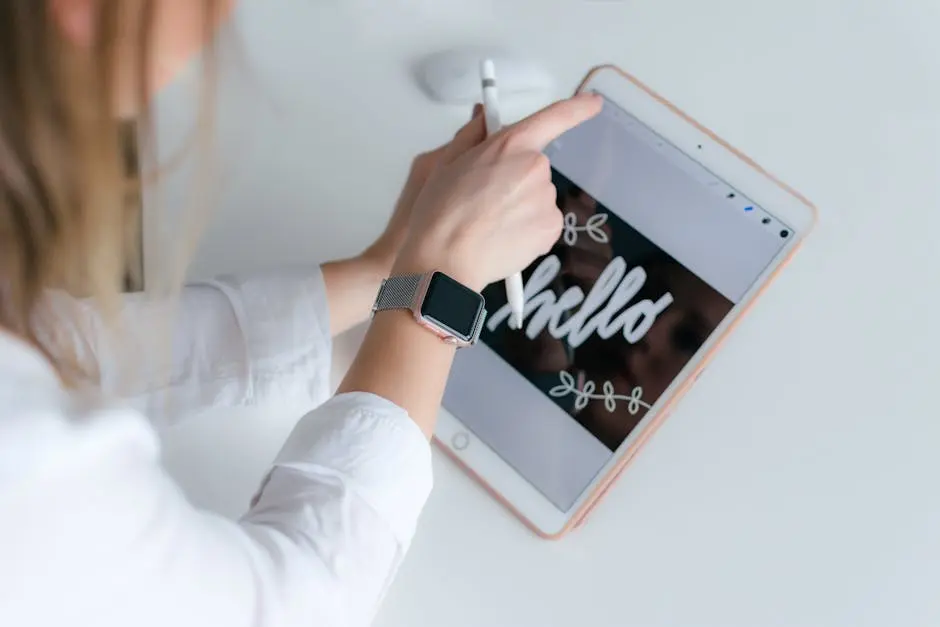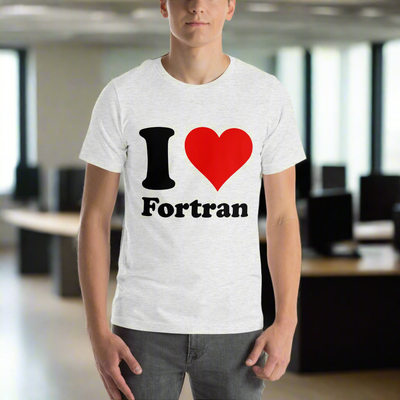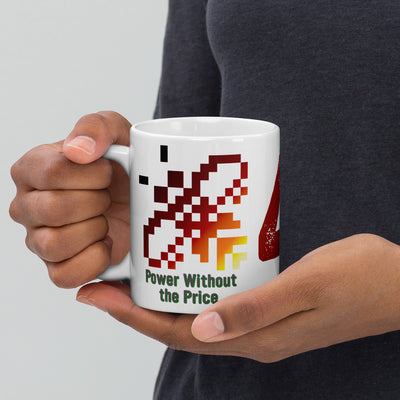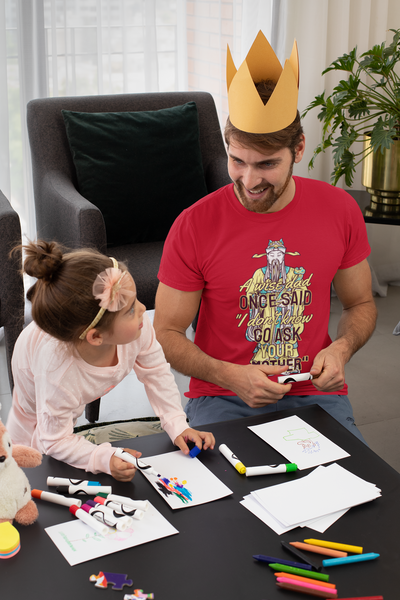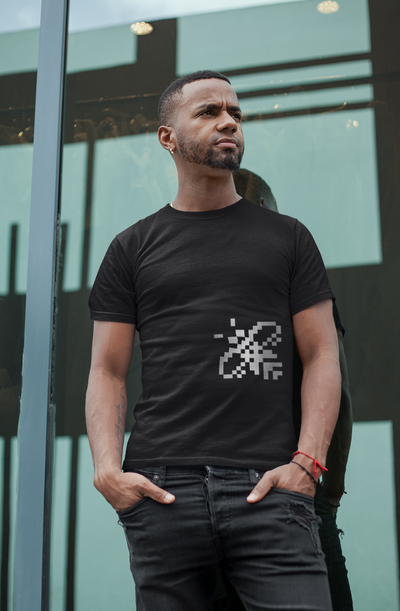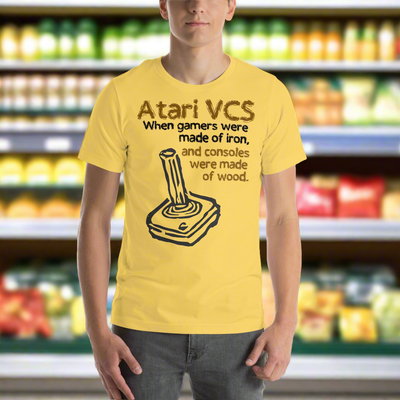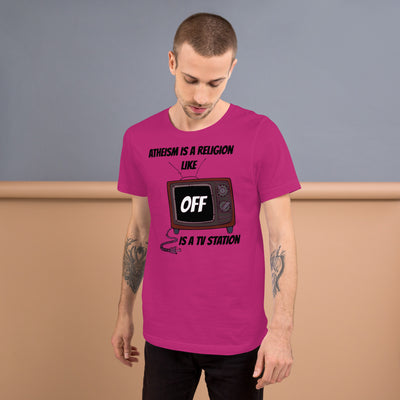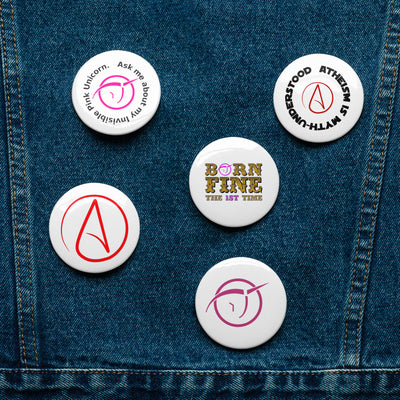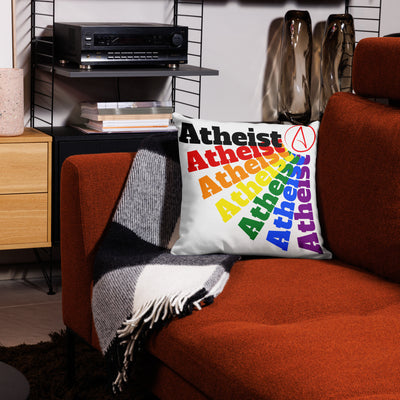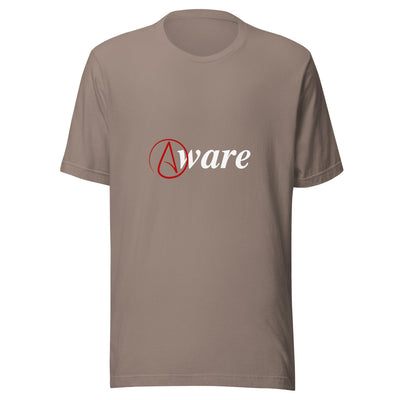Screen printing is a fascinating technique that has shaped the way we create and share art, fashion, and much more. Though it seems straightforward, there are some surprising facts that reveal the depth and creativity behind this craft. Let’s dive into some lesser-known details about screen printing that will leave you in awe!
1. The Ancient Origins of Screen Printing
Did you know that screen printing dates back to ancient China? This technique was initially used to transfer designs to fabric and is rooted in centuries of tradition. It wasn’t until around the 18th century that this method began to gain popularity in Europe, where artisans refined the process, leading to the creation of beautifully printed textiles. The remarkable journey of screen printing showcases how a practical method evolved into an art form, eventually making its way into the realms of modern advertising and apparel!
As it spread across borders, screen printing adapted to various cultures and styles. Each region infused its own uniqueness—consider the intricate patterns found in African textiles or the bold colors in South American prints. This cross-cultural exchange highlights not just the versatility of the technique but also the shared human experience in expressing creativity across centuries.
2. The Role of Stencils in the Process
Stencils are crucial in screen printing. They actually form the designs that will be printed, showcasing the importance of planning and creativity. In traditional methods, artists hand-cut their stencils, taking hours or even days to achieve the perfect look. Today, many printers use computer-generated designs, which speeds up the process significantly. Despite technological advances, the artistry involved in stencil making remains vital to achieving desired aesthetics.
Interestingly, the choice of stencil material can affect the final print’s texture. Thicker materials tend to produce bolder lines, while thinner ones allow for more intricate designs. This small detail emphasizes an artist’s intent, further blending technical skill with creative expression. Ultimately, the stencil is more than just a template; it is the blueprint from which imagination takes flight.
3. How Different Inks Impact the Final Look
The type of ink used can drastically change the final appearance of a print. From water-based inks to specialty inks, each results in unique textures and finishes. Water-based inks, for instance, are known for their soft feel and are often used for t-shirts and casual wear, while plastisol inks provide vibrant colors and a more durable finish, making them great for promotional items. Experimenting with different inks can lead to unexpected and stunning results!
Furthermore, the ink’s drying time can also affect the printing process. Quick-drying inks allow for faster production rates, but they require precision in application. On the other hand, slower drying inks offer more time for blending and layering colors, enriching the creative process. Therefore, understanding your material options is key to mastering the art of screen printing.
4. Screen Printing vs. Digital Printing: The Differences
While both methods are popular, screen printing is often preferred for bold, vibrant colors, making it ideal for clothing and promotional materials. Unlike digital printing, where colors can sometimes appear dull and lack depth, screen printing’s multi-layer approach allows for a more saturated finish. This is partly why screen printing remains a go-to choice for artists and brands wanting to make a statement!
It’s interesting to note that screen printing is particularly effective for larger batches. The initial setup can be labor-intensive, but once the screens are prepared, running off hundreds of prints becomes relatively quick and economical. In contrast, digital printing shines in smaller runs where versatility and immediate turnarounds are necessary. Understanding these differences can help businesses and artists choose the best method for their needs.
5. The Environmental Impact of Screen Printing
You might be surprised to know that many screen printing techniques can be eco-friendly! Innovative practices and materials are paving the way for sustainable printing. For instance, water-based inks have become increasingly prevalent, helping reduce harmful chemicals typically found in traditional inks. Moreover, many screen printers are adopting energy-efficient practices and even utilizing recycled materials in their processes.
Beyond materials, the waste generated in screen printing can also be minimized. Many artisans are now focused on designs that use less ink or that can be printed on materials that would otherwise be discarded, turning potential waste into beautiful products. This ongoing shift towards sustainability is exciting for the craft, combining tradition with a conscious commitment to the environment.
6. Screen Printing in the Music Industry
Many iconic band t-shirts are screen printed. This method became a staple in the music scene, allowing artists to connect with fans through custom designs. From the classic rock and punk bands of the past to today’s indie acts, musicians have leveraged screen printing to not just promote their music but to create a lasting piece of memorabilia.
Interestingly, the personality of a band often shines through their merchandise. Whether it’s a funky graphic or a minimalist logo, the designs reflect the band’s brand and ethos. This relationship between music and art takes on a new dimension with screen printing, as it solidifies the connection between artists and fans in an unforgettable way.
7. The Evolution of Mesh Screens
The mesh used in screens has evolved significantly, with advancements that improve precision and enhance the ability to print fine details. Historically, screens were made from silk; however, modern printers often use synthetic materials that offer greater durability and consistent tension, leading to sharper prints.
Today’s mesh screens come in various thread counts, each suited for different printing needs. A finer mesh is ideal for intricate designs, while a coarser one works well for bold graphics. This evolution allows for greater flexibility, giving printers the freedom to explore their creativity with more confidence.
8. Screen Printing Goes High-Tech
You may not know that technology has transformed screen printing. Automated systems now streamline the process, making it faster and more efficient. These innovations reduce the manual labor often associated with traditional methods, allowing for quicker turnarounds on large orders, which is a game changer for businesses.
However, it’s important to note that while technology enhances productivity, it doesn’t replace the artist’s touch. The skill and creativity involved in designing and choosing colors will always be fundamental to quality screen printing. So, the marriage of tradition and technology offers a promising future without losing the essence of the craft!
9. Artistic Expressions Through Screen Printing
Screen printing is not just for apparel; artists use it as a medium to create stunning works of art. The versatility of this method allows for endless creativity, enabling artists to experiment with layers, colors, and textures. Some renowned artists have adopted screen printing as a primary technique, showcasing how it can elevate visual art to new heights.
For instance, screen printing can create dynamic, multi-dimensional pieces that draw viewers in, encouraging a deeper appreciation of the artwork. Additionally, with collaborations between printers and artists on the rise, the boundary between art and commerce is beautifully blurred, fostering a new appreciation for this craft in galleries and exhibitions.
10. The Community Aspect of Screen Printing
Finally, screen printing fosters a strong sense of community. Local workshops and studios bring together artists of all skill levels to learn and share their passion. Whether it’s a beginner trying out screen printing for the first time or an experienced printer sharing tips, these spaces often act as incubators for creativity and collaboration.
This community aspect not only enhances individual skills but also nurtures a broader appreciation for the craft. Screen printing fairs and conventions allow artists to showcase their work, connect with like-minded individuals, and promote creative ideas. It’s a vibrant ecosystem that celebrates the art of printing while continually inviting new talent into its fold.








